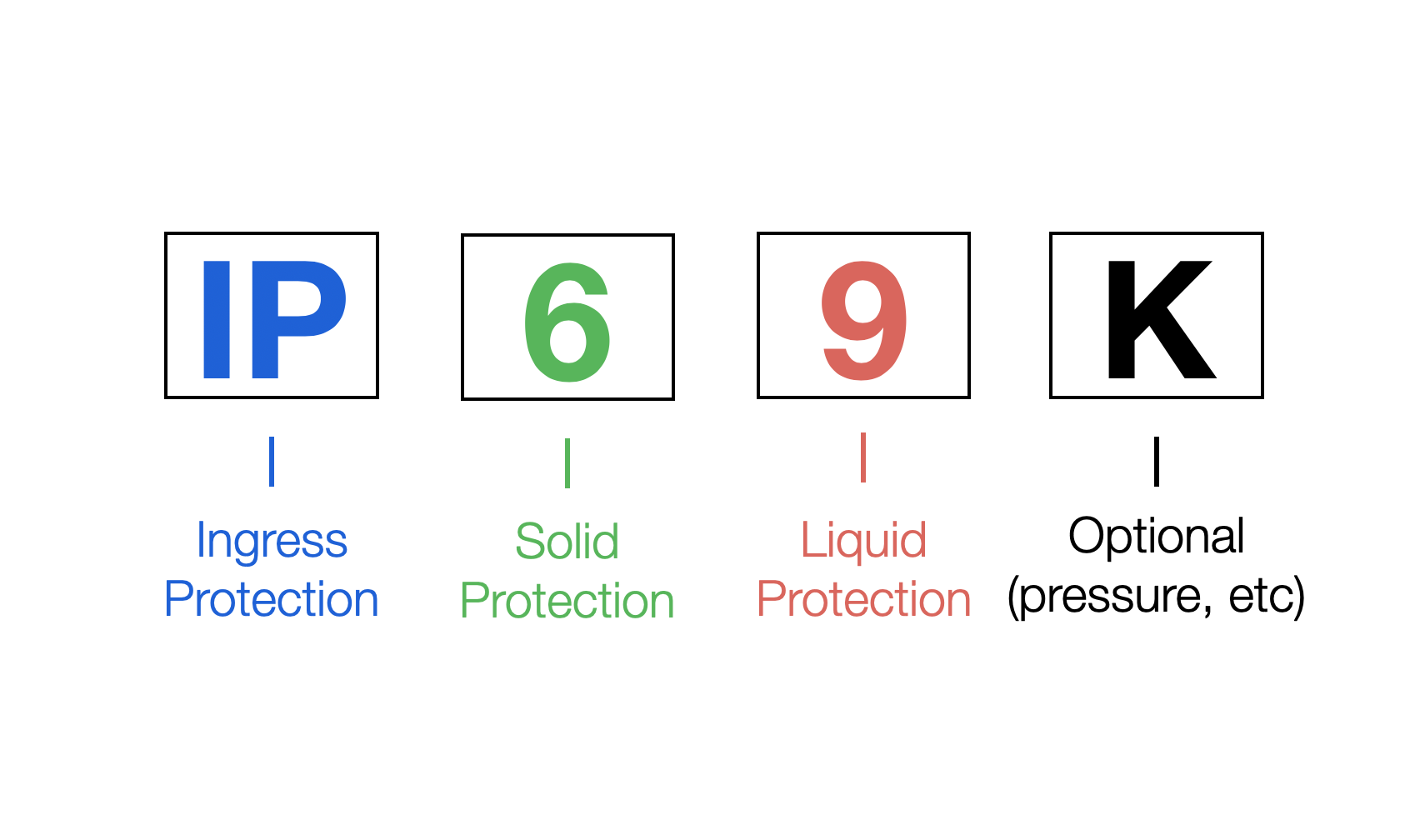
In our interconnected world, the indispensability of devices like antennas, cables, and routers cannot be overstated. These devices serve as conduits for seamless communication and data exchange, operating across a spectrum of environments. To ensure their durability and sustained functionality, the concept of IP ingress ratings comes to the forefront. In this article, we embark on an exploration of IP ingress ratings, uncovering their implications in the context of antennas, cables, and routers.
Decoding IP Ingress Ratings
IP, which stands for “Ingress Protection,” ratings are globally standardized benchmarks that delineate the extent of protection an enclosure furnishes against foreign agents—ranging from dust and debris to water and beyond. These ratings comprise a two-digit code, with the first digit indicating protection against solids and the second digit signifying resistance against liquids.
Unveiling the First Digit: Safeguarding Against Solids
The first digit, spanning from 0 to 6, elucidates the level of defense against solid intruders. Here’s a breakdown of the numerical code:
- 0: Implies no protection against solid objects.
- 1: Conveys protection from objects larger than 50mm, such as a human hand.
- 2: Offers defense against objects larger than 12.5mm, like fingers.
- 3: Provides guarding against objects larger than 2.5mm, encompassing tools and wires.
- 4: Ensures protection from objects larger than 1mm—perfect for small tools and wires.
- 5: Guarantees limited entry of dust while preventing harmful accumulation.
- 6: Bars the intrusion of dust entirely, achieving a dust-tight seal.
Deciphering the Second Digit: Immunity Against Liquids
The second digit, spanning from 0 to 9, delineates the resilience against liquids. Here’s a comprehensive elucidation of the numeric code:
- 0: Indicates no defense against liquids.
- 1: Denotes protection from vertically falling water drops, akin to condensation.
- 2: Shields against direct water sprays up to 15 degrees from the vertical plane.
- 3: Safeguards against direct water sprays up to 60 degrees from the vertical plane.
- 4: Guards against splashing water from all directions.
- 5: Provides resistance against low-pressure water jets from all angles.
- 6: Endures powerful water jets or heavy seas without compromise.
- 7: Withstands temporary immersion in water.
- 8: Survives continuous immersion in water, as specified by the manufacturer.
- 9: Demonstrates resilience against high-pressure and high-temperature water jets, such as those encountered during steam cleaning.
Exploring Additional Letters: Contextual Insights
In certain instances, an extra letter could be affixed to the conclusion of an IP rating, such as ‘IP67M.’ This addition serves to signify either the certified resilience against particular substances or hazards, like oil or high voltages, or a specific context in which the IP testing was executed—such as within an environment of moving water. These are less commonly seen, but still helpful. Examples include the following:
- “B”: Protection against access to hazardous parts with a finger.
- “D”: Means protection against a wire touching hazardous parts.
- “F”: Indicates resistance to oil.
- “K“: Highlights resistance to high-pressure, high-temperature water jets, making it suitable for applications necessitating rigorous cleaning procedures.
- “H“: Designates suitability for high-voltage devices, like electrical connectors.
- “M“: Implies device is in motion
- “S“: Device is standing still for testing.
- “W”: Represents certain weather conditions.
Application Across Antennas, Cables, and Routers
Antennas: From outdoor installations to indoor setups, antennas traverse diverse terrains. Those positioned outdoors may necessitate heightened IP ratings to fend off rain, dust, and temperature fluctuations, preserving consistent performance.
Cables: Cables operative in outdoor, industrial, or specialized contexts demand robust IP ratings to deter the ingress of moisture, dust, and chemicals. Elevated IP ratings assure signal integrity and unwavering performance in challenging surroundings.
Routers: As networking pillars, routers’ IP ratings determine their fitness for distinct environments. Routers stationed outdoors or in industrial realms might demand elevated IP ratings to counter water damage, dust buildup, and other environmental challenges.
Empowering Informed Decisions for Reliable Connectivity
Whether you’re setting up networks in rugged terrains, establishing communication lifelines in industrial arenas, or ensuring resilience in challenging conditions, IP ingress ratings and their accompanying letters stand as the bedrock of device durability and unwavering reliability. Armed with this understanding, users can confidently navigate their device choices, ensuring lasting connectivity and optimal performance across a spectrum of applications. As we move forward into a future of interconnected possibilities, the language of IP ratings will continue to guide us toward devices that can weather the elements and maintain their effectiveness, bridging gaps and fostering seamless communication wherever it’s needed most.


